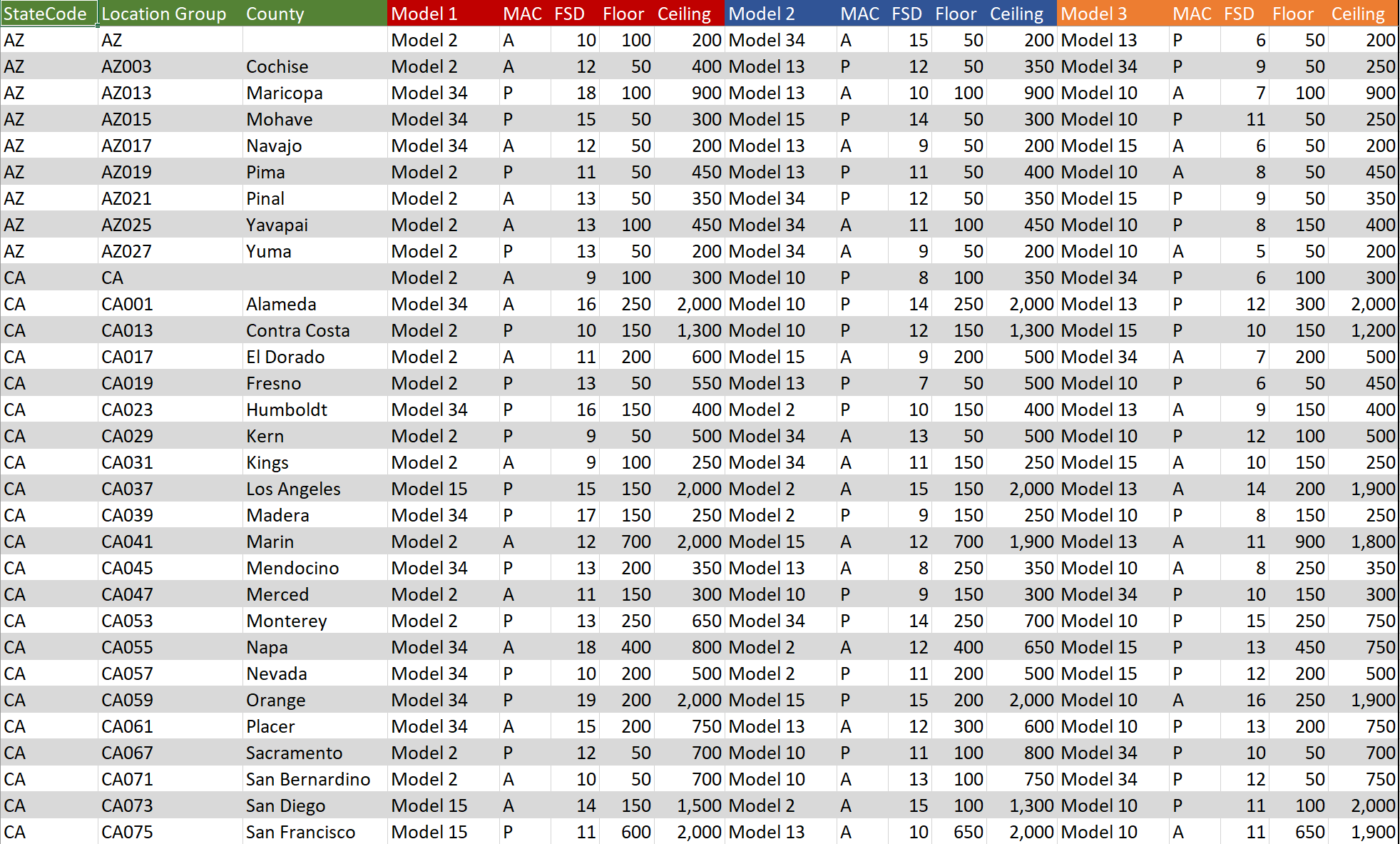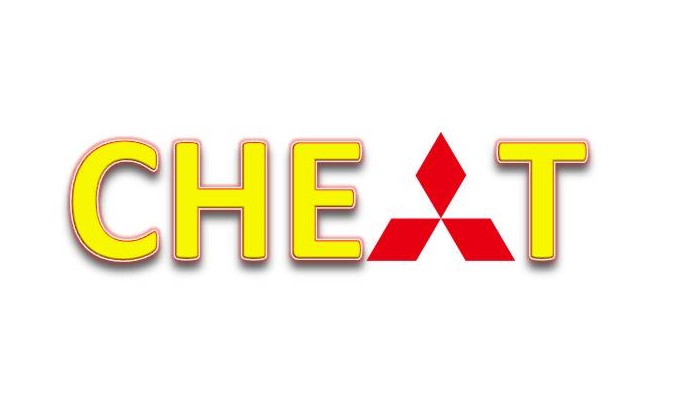Testing an AVM’s accuracy can actually be quite tricky. It is easy to get an AVM estimate of value, and you can certainly accept that a fair sale on the open market is the benchmark against which to compare the AVM estimate, but that is really just the starting point.
There are four keys to fair and effective AVM testing, and applying all four can be challenging for many organizations.
- Your raw data must be cleaned up, to ensure that there aren’t any “unusable” or “discrepant” characters in the data; differences such as “No.” “#” and “Num,” must be normalized.
- Once your test data is “scrubbed clean” it must be assembled in a universal format and it must be large enough to provide reliable test results, even down to the segment level for each property type within each price level within each county, etc. and this might require hundreds of thousands of records.
- Timing must be managed so that each model receives the same sample data at the same time with the same response deadline.
- Last, and most difficult, the benchmark sales data must not be available to the models being tested. In other words, if the model has access to the very recent sales price, it will be able to provide a near-perfect estimate by simply estimating that the value hasn’t changed (or changed very little) in the days or weeks since the sale.
AVMetrics tests every commercially available AVM continuously and aggregates this testing into a report quarterly; AVMetrics’ testing process meets these criteria and many more, providing a truly objective measure of AVM performance.
The process starts with the identification of an appropriate sample of properties for which benchmark values have very recently been established. These are the actual sales prices for arm’s-length transactions between willing buyers and sellers—the best and most reliable indicator of market value. To properly conduct a “blind” test, these benchmark values must be unavailable or “unknown” to the vendors testing their model(s). AVMetrics provides in excess of a half million test records annually to AVM vendors (without information as to their benchmark values). The AVM vendors receive the records simultaneously, run these properties through their model(s) and return the predicted value of each property within 48 hours, along with a number of other model-specific outputs. These outputs are received by AVMetrics, where the results are evaluated against the benchmark values. A number of controls are used to ensure fairness, including the following:
- ensuring that each AVM vendor receives the exact same property list (so no model has any advantage)
- ensuring that each AVM is given the exact same parameters (since many allow input parameters that can affect the final valuation)
- ensuring through multiple checks that no model had access the recent sale data, which would provide an unfair advantage
In addition to quantitative testing, AVMetrics circulates a comprehensive vendor questionnaire twice annually. Vendors that wish to participate in the testing process complete, for each model being tested, roughly 100 parameter, data, methodology, staffing and internal testing questions. These enable AVMetrics, and more importantly our clients, to understand model differences within both testing and production contexts, and it enables us and our clients to satisfy certain regulatory requirements describing the evaluation and selection of models (see OCC 2010-42).
AVMetrics next performs a variety of statistical analyses on the results, breaking down each individual market, each price range, and each property type, and develops results which characterize each model’s success in terms of precision, usability and accuracy. AVMetrics analyzes trends at the global, market and individual model levels, identifying where there are strengths and weaknesses, and improvements or declines in performance.
The last step in the process is for AVMetrics to provide an anonymized comprehensive comparative analysis for each model vendor, showing where their models stack up against all of the models in the test; this invaluable information facilitates the continuous improvement of each vendor’s model offerings.





 Right now, what Volkswagen needs most is probably not what you think. Yes, they need lawyers and public relations help, and probably more lawyers. And, they need some internal investigations and a new mission statement. But, what they need most is that magic thing that money simply cannot buy: Volkswagen needs to regain the consumer’s (and the world’s) trust, since the damage to their reputation will take years to repair; this was not simply a faulty product to recall and repair, as staggering as those reparations can also be, this was a direct assault on our belief systems, and that gets personal.
Right now, what Volkswagen needs most is probably not what you think. Yes, they need lawyers and public relations help, and probably more lawyers. And, they need some internal investigations and a new mission statement. But, what they need most is that magic thing that money simply cannot buy: Volkswagen needs to regain the consumer’s (and the world’s) trust, since the damage to their reputation will take years to repair; this was not simply a faulty product to recall and repair, as staggering as those reparations can also be, this was a direct assault on our belief systems, and that gets personal.